Latest questions:
Trending questions:
Hot questions:
Imaging research
2 answers
The utility of imaging techniques is increasing da-today clinical and pre-clinical studies using high end imaging techniques such as magnetic resonance imaging (MRI), computed tomography (CT), diagnostic ultrasound (US) and positron emission tomography (PET) and many more. The major advantage of using imaging techniques over conventional diagnostic techniques are that it is non-invasive and can provide in-vivo measurements of the biological properties of human tissue that can be monitored live over time. In addition to clinical applications imaging found wide spread applications for conducting research in medical sciences such as cardiology, oncology, cognitions, neurology, cancer research and many more.
All the methodology involves use of high end instrument and complicated data that requires proper interpretation. In my opinion, any projects that requires uses of high end imaging both technical expert and professional imaging technicians should let it.
One caveat - My perspective is leadership from drug development projects. From this perspective I believe that interdisciplinary teams need to be led by a person who can collaborate across technical areas and ensure the efficiency of the team and a positive and healthy team environment. This requires leadership behaviors which can be found in some people regardless of whether they are clinicians, technicians, etc. In areas such as drug development where several different disciplines must come together to solve not only technical but regulatory, operational, manufacturing, and quality challenges the key appears to be good leadership first and foremost.



